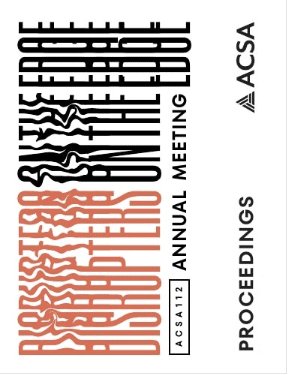Author(s): Alexandros Tsamis, Josh Draper & Manabendra Nath
Agriculture consumes 30% of the world’s fossil fuels and 70% of freshwater. About one third of all greenhouse gas emissions come from the Built Environment, and uses about 20% of total energy. Urban Agriculture promises to minimize food and water waste utilizing Building Performance Simulation (BPS) tools that assess crop yields, water usage and energy needs for Building Integrated Agriculture (BIA). However, BIA may attain better efficiencies if agriculture and buildings share their waste products. Here, we introduce Building Integrated Agriculture Simulation (BIA-SIM), a framework for software that visualizes and quantifies early-stage design outcomes of BIA that combines circular waste flows of building and farms. Users can determine which resources – food, water, air, and energy – are most important to co-optimize based on their ecological and economic concerns. BIA-SIM user input includes location, 3D site model, site and building details, number of occupants, farm type and crops. Greywater, CO2 from occupants and building energy usage are calculated. Outputs demonstrate how a software framework informed by an extensive database of plants, their properties and their farming requirements can be utilized to identify, design and exploit feedback loops between building and urban agriculture waste products. To demonstrate several use scenarios, a site in New Delhi, India was chosen for an urban agriculture-integrated residential building. In one example, using 60% of building grey water for irrigation of tomato, we found 47%of the maximum buildable surface area would be needed for tomato production. More than 100% of the CO2 emitted by building occupants could be absorbed, and the plants’ thermal mass could save 50% of cooling energy using farm layouts that, in turn, enhanced food output based on solar exposure. Several other scenarios will be shown that demonstrate the broader benefits urban agriculture can have for the built environment beyond food production.
https://doi.org/10.35483/ACSA.AM.112.35
Volume Editors
Germane Barnes & Blair Satterfield
ISBN
978-1-944214-45-6

 Study Architecture
Study Architecture  ProPEL
ProPEL 
